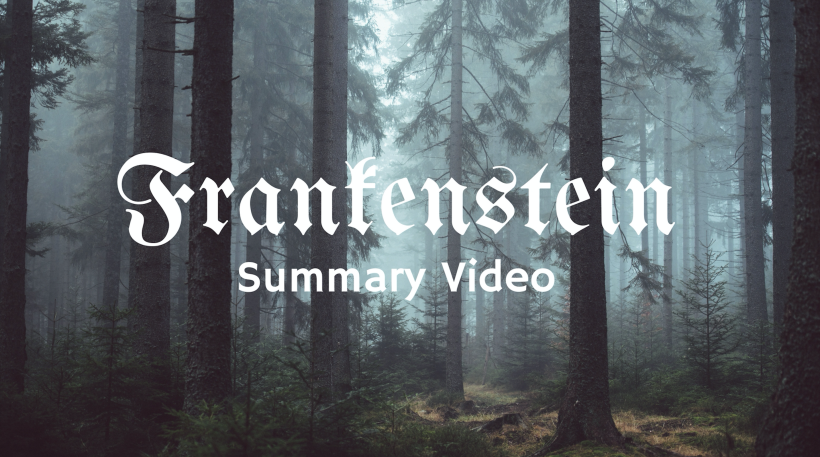Mary Shelley lived during a period of political transformation and at a time when she also witnessed some of the most powerful monarchies of Europe. Those monarchies fought each other and sent soldiers to war. While the war was happening on the streets of Paris, philosophers Thomas Hobbes and John Locke described the nature of humankind. All the atrocities of war inspired them to define our nature. According to their ideologies, humans are born selfish and have an intuitive ability and capacity of being evil. They also believed, alongside Mary Shelley’s mother, that the evil side of mankind was the result of socialization.
Does Mary Shelley agree to this? Not exactly.
Through her novel, Shelley offers a chance to develop and explore these controversial claims about human nature. Even though her mother, Mary Wollstonecraft, believed in those claims, Mary Shelley argues that the evils of humankind are not innate traits. In fact, as Victor Frankenstein’s creature was raised by society in the novel, the evil and the desire of revenge are explained and described by Shelley as being learned, and not innate and intuitive habits.
“I am malicious because I am miserable. Am I not shunned and hated by all mankind?” (Page 104) – The Creature.
Late in the novel, the creature explains to his creator that all the kind and good gestures of his were returned with beatings, gunshots, and rejection of the people he tried to be kind with. He also explains that nobody likes him, that they reject and hate him. The creature then states that all the physical and mental wounds that covers his body and mind are important factors that led to his malice and rage.
With that, Mary Shelley seems to argue that the humans do not have innate traits of revenge and evil. She also argues for a society in which all humans, and even Frankenstein’s creation, have basic rights and are treated equally. That is a society that she would have wanted in her time, a society that was not even close to reach that point and she used Frankenstein to explain it.
Source:
https://my.vanderbilt.edu/robot/2015/09/the-implications-of-shellys-frankenstein-on-human-nature-and-government-2/
Picture credit: ww.iaacblog.com





